General Wladyslaw Sikorski was killed in an air crash at Gibraltar on the 4 July 1943
By Nick Nutter | Updated 15 Mar 2022 | Gibraltar | Places To Go |
Login to add to YOUR Favourites or Read Later
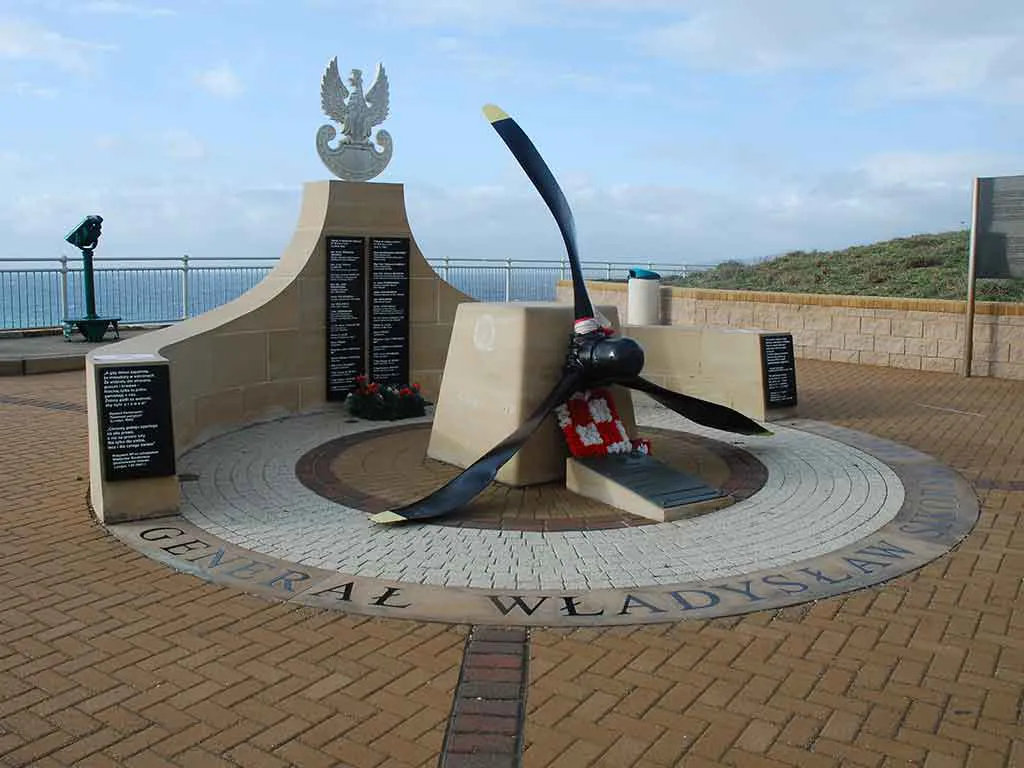
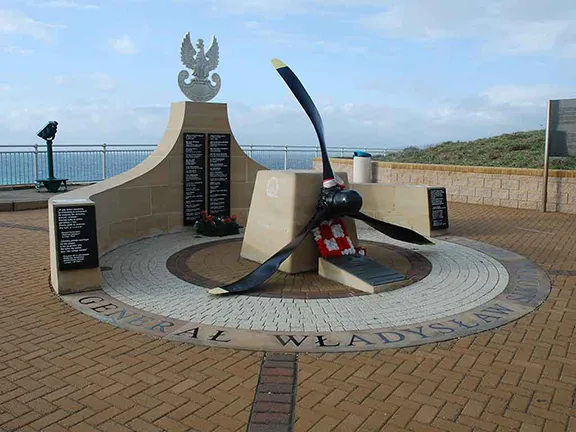
General Wladyslaw Sikorski memorial, Europa Point, Gibraltar
On 4 July 1943, while the commander-in-chief of the Polish Army and Prime Minister of the Polish government in exile, General Wladyslaw Sikorski, was returning to London from an inspection of Polish forces deployed in the Middle East, his aircraft, an unarmed Royal Air Force Consolidated B-24 Liberator, serial number AL523, operated by No. 511 Squadron RAF, crashed into the sea at 23:07 hours, 16 seconds after taking off from Gibraltar Airport. All eleven passengers and five of the six man crew were killed. The only survivor was the Czech pilot, Flight Lieutenant Eduard Prchal.
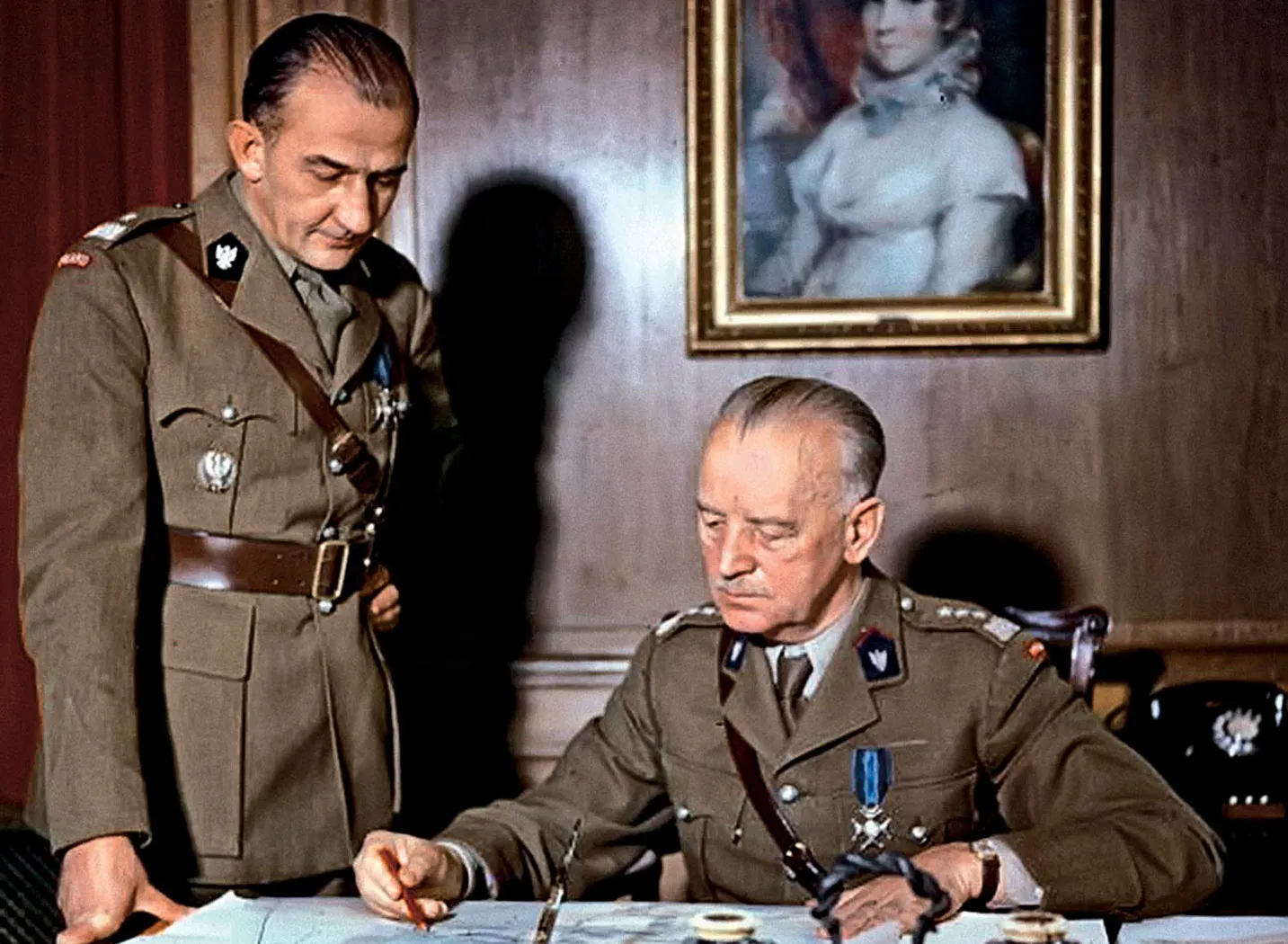
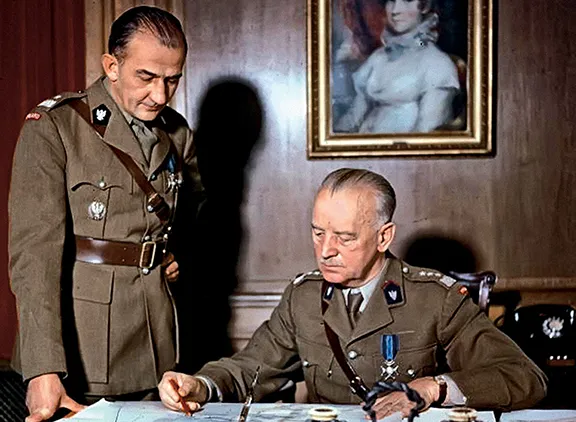
General Wladyslaw Sikorski - right
Sikorski was a controversial figure, even within his own government in exile. He took a pragmatic view of the Soviet occupation of Poland during the Second World War, despite the horrific atrocities committed by the Soviets such as the Katyn Forest massacre of 1940 where 22,000 Polish army officers and intelligentsia were murdered by the Soviet secret police, the NKVD. The fact that the mass graves in which the bodies were thrown were discovered by German invaders in April 1943, only three months before the crash led some conspiracy theorists to suggest that Sikorski’s death was a joint Anglo-Soviet plot. This particular theory was promoted in Nazi propaganda and supported by the fact that at about the same time that Sikorski's plane was left unguarded at the Gibraltar airfield, a Soviet plane was parked nearby; it carried Soviet ambassador Ivan Maisky, giving the Soviets an officially confirmed presence at the site of the accident. Furthermore, The head of the British Secret Intelligence Service's counterintelligence for the Iberian Peninsula from 1941 to 1944 was Kim Philby, the Soviet double agent who would defect in 1963 and later claim to have been a double agent since the 1940s. Before 1941, Philby had served as an instructor with the Special Operations Executive, an organization specializing in sabotage and diversion behind enemy lines.
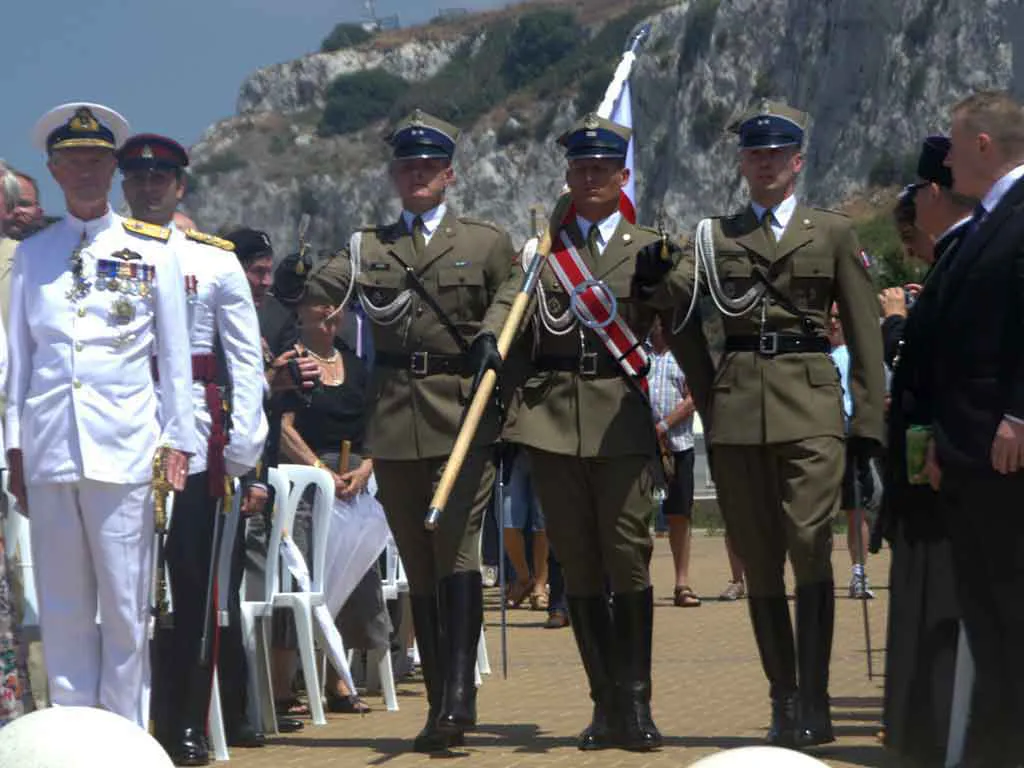
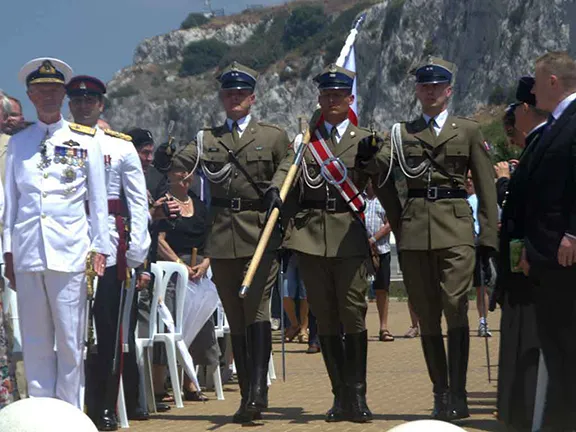
70th Anniversary - By Tommy Finlayson - Own work, CC BY-SA 3.0
Another figure who could have had reason to wish Sikorski dead was Wladyslaw Anders a General in the Polish Army and a politician with the Polish government-in-exile in London. He took a strong line against the Soviet occupation of Poland and was often at odds with Sikorski.
A British Court of Inquiry convened on July 7 1943 investigated the crash of Sikorski's aeroplane, but was unable to determine the cause, finding only that it was an accident and "due to jamming of elevator controls", noting that "it has not been possible to determine how the jamming occurred but it has been established that there was no sabotage.”
In 1972 the pilot Flight Lieutenant Eduard Prchal described the events "I received the green light from the tower and we began our take-off run. I pulled the stick back and the aircraft started to climb. When I was at 150ft I pushed the controls of the aircraft forward to gain speed. Suddenly I discovered I was not able to pull the stick back. The steering mechanism was jammed or locked." The aircraft then lost height rapidly. Prchal closed the four throttles and warned the others through the intercom "Attention, crash". The aircraft crashed into the sea.
Perhaps the true story will not be revealed until 2050 when top secret British documents concerning the accident will be unclassified.
The Sikorski Memorial at Europa Point on Gibraltar is the third memorial to the wartime general. Earlier memorials were erected in 1943 and 2003 near the airfield.
The present memorial was constructed by a Polish company using sandstone brought from Poland. The propeller is from the downed Liberator. All those that died in the crash are memorialised on black marble plaques. On the 4th July 2013, the 70th anniversary of the crash, the memorial was dedicated by British, Gibraltarian and Polish government officials participated alongside past and present members of the Polish Armed Forces.